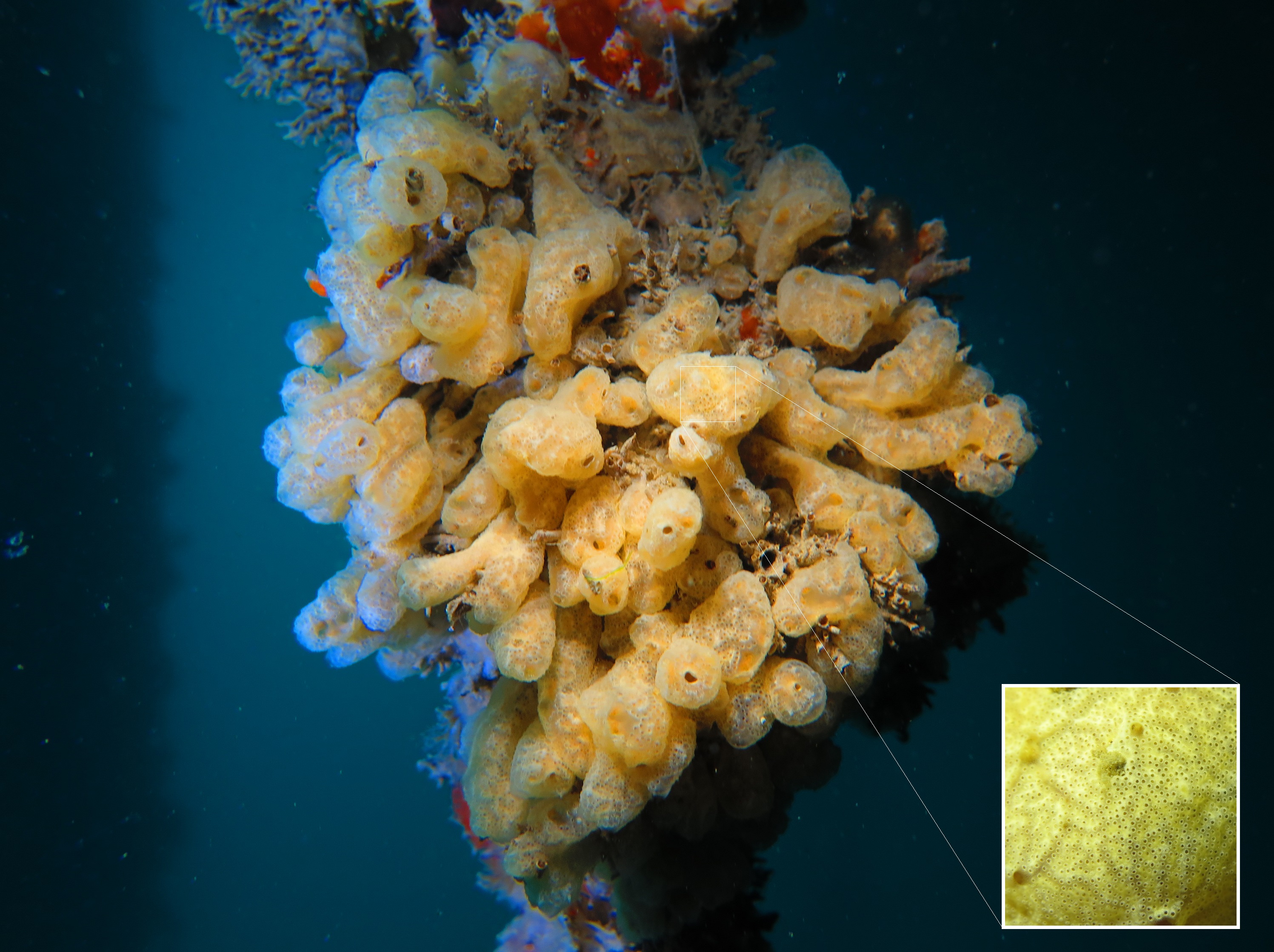
Carpet sea squirt is a highly invasive marine pest which has not previously been detected in Australia. The marine invertebrate can overgrow and smother shellfish, sponges and algae, as well as man-made structures such as wharves, jetty pylons and pontoons.
DPIRD has been working closely with the Australian Government Department of Agriculture, Fisheries and Forestry and the Department of Defence since the first confirmed detection at Garden Island in March 2021.
Comprehensive surveillance to identify the extent of the pest colonies in 2021 found no spread beyond Garden Island, and the carpet sea squirt colonies were treated through underwater cleaning.
Recent surveillance and testing have just confirmed new detections on wharves at the Australian Marine Complex at Henderson.
DPIRD is working with local stakeholders and Fremantle Ports to manage this incursion.
DPIRD has engaged expert divers to extend the surveillance and conduct delimiting surveys for carpet sea squirt in surrounding waters.
Additional vessel management procedures will also be implemented to minimise the risk of spread.
DPIRD incident manager Peter Adams said the main impacts of carpet sea squirt were fouling of vessels, marine infrastructure or aquaculture equipment.
“Carpet sea squirt also has the potential to impact aquaculture industries due to its invasive nature and by competing with and growing on native marine species,” Dr Adams said.
“There are many native species that look similar to carpet sea squirt (Didemnum vexillum) so expert taxonomic identification and molecular techniques are required to confirm the species from DNA sequencing.
“Unusual marine species or suspected marine pests attached to vessels, submerged infrastructure or in the marine environment, should be reported to https://www.marinepests.gov.au/report for further investigation.”
Dr Adams said there were also simple steps for boat users to help stop the spread of marine pests and help protect Australia’s marine environment and industries.
“We encourage vessel owners, recreational boaters, fishers and divers to keep their boats, trailers, wetsuits and equipment clean and free of marine fouling,” he said.
“Use soapy water to clean boats and trailers, fishing rods and other equipment on land, ensuring marine life does not re-enter the water when cleaning, and allow them to dry completely before using them at another location.”
Picture caption: The Department of Primary Industries and Regional Development (DPIRD) is responding to the detection of carpet sea squirt (Didemnum vexillum) a highly invasive marine pest which has not previously been detected in Australia.


